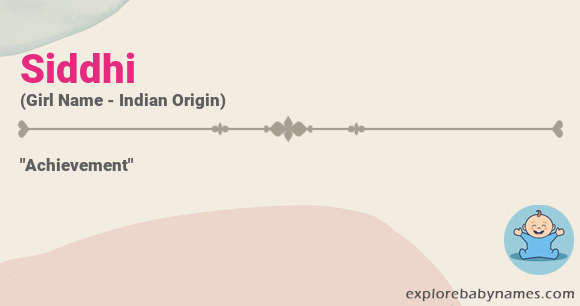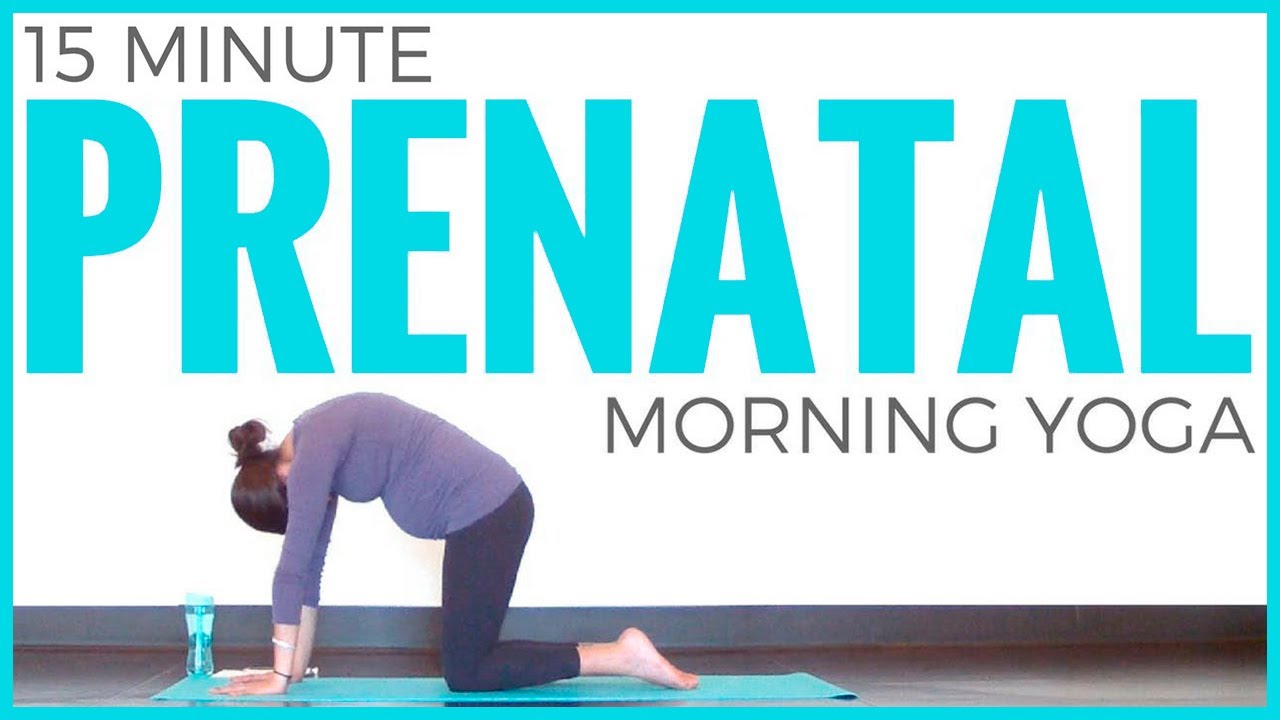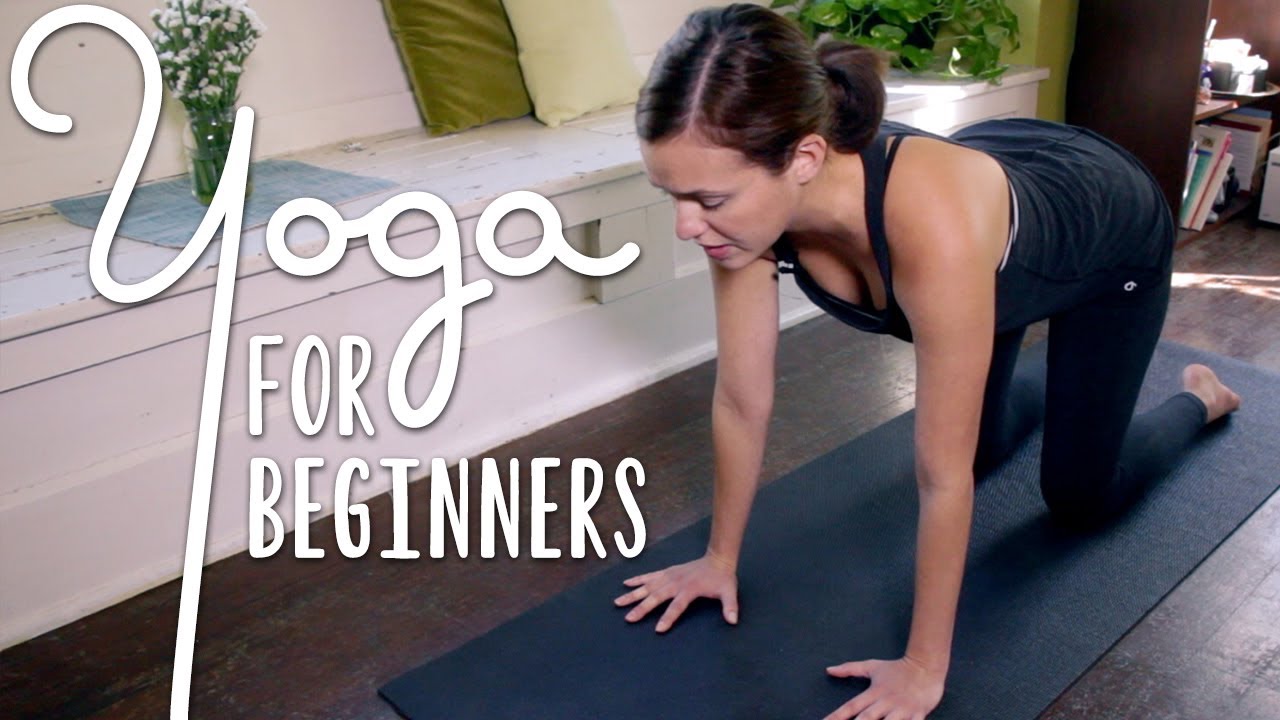
Yoga science is the foundation of modern yoga and encompasses a variety of human sciences, including anatomy, physiology, and psychology. Yoga can help you manage stress and improve your physical and emotional well-being. There are many types of yoga science. They include meditation and physical postures. It doesn't matter if you are a beginner, or an experienced practitioner; there is a practice suitable for you.
Meditation
Leonard Perlmutter, founder of American Meditation Institute, dedicated his life to spreading awareness about the benefits and practices of yoga and meditation. American Medical Association, American Nurses Association have endorsed his courses. The Heart and Science of Yoga: A comprehensive guide to yoga and meditation, is written by him.
Physical poses
Yoga can improve blood circulation throughout the body. You do this by stretching and contracting the muscles. Increased blood circulation allows for more oxygen to reach your cells. This can help prevent strokes or heart attacks often caused by bloodclots. Additionally, strenuous postures increase the heart beat and pump more blood throughout your body. The circulation of blood to the lungs is also improved by inverted yoga postures.

Deep breathing
This exercise can help us to control our breathing and increase our energy levels. This practice is also called pranayama and involves alternate nostril breath. This type of breathing cleans the nadis pingala and ida. It also calms the nervous system and can help reduce stress and anxiety.
Control of your mood
Yoga's ability to improve your mood is one of its key benefits. According to a Journal of Physiology study, regular yoga practice can increase GABA levels in the brain. GABA is a neurotransmitter that regulates nervous system activity. A higher GABA level has been linked to improved mood and lower levels of anxiety and depressive symptoms.
Stress management
The benefits of yoga for stress management have been extensively researched. Researchers are finding that yoga can reduce stress and anxiety in a wide range of people. How yoga is done and how long it takes to practice will determine if yoga helps reduce stress.
Multiple sclerosis
Numerous studies have shown that yoga can be a beneficial therapy for MS patients, both emotionally and physically. There are many benefits to yoga, including better balance, flexibility and posture, improved circulation, and digestion. It has been proven to decrease fatigue and spasticity as well as aches, pains, and reduce stress. Yoga can also improve your coping skills.

Asthma
Yoga's earliest records date back to 5,000 BCE. Over time, the practice evolved into the form we now know. Yoga, which means union, joining, or linking together as one whole, uses the breath to connect the body and mind. It can be helpful in managing Asthma if it is done right.
Carpal tunnel syndrome
Yoga can offer many benefits and may help relieve symptoms of carpal tube syndrome. People with this condition often experience pain in their thumbs, fingers and wrists. This condition is caused by flattening of the carpal bones, which puts pressure on the median nerve and tendons. Carpal tunnel syndrome is a condition where people feel pain and numbness in the thumbs, wrists, and fingers.
FAQ
What are the differences between Hatha and Ashtanga, Vinyasa Power Yoga, Power Yogas, Kripalu, Bikram, Power Yogas, Vinyasa and Power Yogas? ?
There are many kinds of yoga. Each has its own unique way of achieving balance in life.
Some of the most sought-after forms of yoga are:
Hatha - This involves stretching and poses that focus on core strength and flexibility.
Ashtanga: This practice focuses on slow-paced movements to build strength and stamina.
Vinyasa-This type of yoga combines fast-flowing sequences which allow you to breath deeply.
Power - Power yoga is a form of power that involves more challenging moves.
Kripla - This is one of the oldest forms of yoga that dates back thousands of years.
Bikram: This form of yoga is done in heated rooms.
Can I do yoga every day as a beginner?
Yoga is a great way for you to stretch out and strengthen your body. It also helps you relax and release stress. It doesn't take a lot of knowledge to begin practicing yoga. Beginners should practice yoga for 20 minutes three times per week.
This is enough time to get started. Then, you can slowly increase the amount of time you practice.
Does yoga make me look like a hunk?
No! No, you won't look like a Hollywood celebrity after doing yoga. On the contrary, you'll look leaner, stronger, more flexible, and toned.
Statistics
- The people in the yoga group were 37 percent more likely to have quit smoking by the end of the 8-week program. (nccih.nih.gov)
- The American Psychological Association recently shared that 84% of American adults feel the impact of prolonged stress (5). (healthline.com)
- Start your Fall off right with 20% off All Access Membership when you sign up by 9/25! (corepoweryoga.com)
- About one in seven U.S. adults practiced yoga in the past 12 months, according to a 2017 national survey. (nccih.nih.gov)
- According to the Agency for Healthcare Research and Quality, falls are incredibly common among older adults in nursing facilities. Even the simplest ones can increase the risk of death (24). (healthline.com)
External Links
How To
Yoga is a good exercise?
Yoga isn’t only for those looking to lose weight. Yoga helps you to develop flexibility, balance coordination, strength and calmness.
Yoga isn’t just exercise. Instead, it’s an art form. These poses can be used to help you relax and meditate. These poses help improve our posture, concentration, breathing, and overall health.
A "yogi" is someone who practices yoga. Yogis follow various forms of yoga, including Hatha, Ashtanga, Iyengar, Vinyasa, Bikram, Kundalini, Yin Yang, and Restorative.
There are many kinds of yoga. However, all share similar goals. Each type focuses differently on health and wellbeing. You can choose from meditation, pranayama or Hatha yoga.
Some yoga exercises that require no equipment are:
-
Sun Salutation – The series of 12 positions starts with forward bend followed by 10 poses.
-
Warrior pose - This is when you hold a stick or a staff and take a warrior's pose.
-
Triangle Pose: This is where one leg is lifted behind the other and you bend at your knees.
-
Standing Forward Bend - This position involves bending forward from the waist and putting your legs straight on the floor.
-
Seated Twist - This pose is performed while seated on a chair or mat.
-
Cobra Pose is a position where you lie on your side, with your arms in front.
-
Child's Pose – This is the position where you lie face-up on the ground.
-
Cat/Cow Pose -- This pose is a mix of a cow pose and a cat pose. As you lie face down, lift your upper body off of the ground. Now roll to your side, and then place your hands below your shoulders.
-
Head Tilt - This pose is done by tilting your head back and keeping your eyes closed.
-
Shoulder Stand: This is when you stand straight with your feet up and your arms extended above your head.
-
Tree Pose – This is a pose where you kneel on your knees and place your hands underneath your shoulders.
-
Bow Pose- Bend forward from your hips into bow pose and place your hands on to the ground.
-
Corpse Pose - This pose is held for five minutes.
-
Mountain Pose - This pose is called mountain pose because you stand tall with your spine erect.
-
Legs Up the Wall Pose - This pose is executed by hanging upside-down from a wall.
-
Side Angle Pose -- This pose requires you to lean against a wall and place your right arm in front of the wall.
-
Plank Position: This is when your legs are bent at the waist and your arms extend out to one side.
-
Bridge Pose- Balance on your elbows and toes for this pose.
-
Reverse Table Top - This position is achieved by lying on the stomach and reaching your arms towards your ceiling.
-
Handstand - This pose requires balance and strength. Hold yourself in between two walls or use a door frame to do this pose.
-
Half Moon Pose is also known by the name Hero Pose. It's performed by standing on both your hands and toes.
-
Headstand (or Handstand), - This pose requires great balance and strength. You can perform this pose either on a wall or using a doorframe.
-
Forearm Balance- This position is done with your forearms on a tabletop.
-
Spinal Twist – This position is where you lie on your stomach while reaching for your arms.
-
Supported Boundangle Pose – This pose requires balance. You will need to find a sturdy object like a tree branch or an old beam to lean on.
-
Wide Leg Forward Fold: This position is achieved by stretching your legs apart and touching the tips of your toes.
-
Single Pigeon Pose: This is a variation of the forward-folding wide-leg position, but with only one leg.
-
Extended Puppy Dog Pose: This is a very relaxing pose. You can do this by extending your legs and bending your knees.
-
The Forward Bend pose involves bending forward and squatting cross-legged.
-
Crow Pose - Although this pose is hard to do, it can be extremely rewarding once mastered. It is done by raising your arms above your head and lowering them until they parallel to the floor.